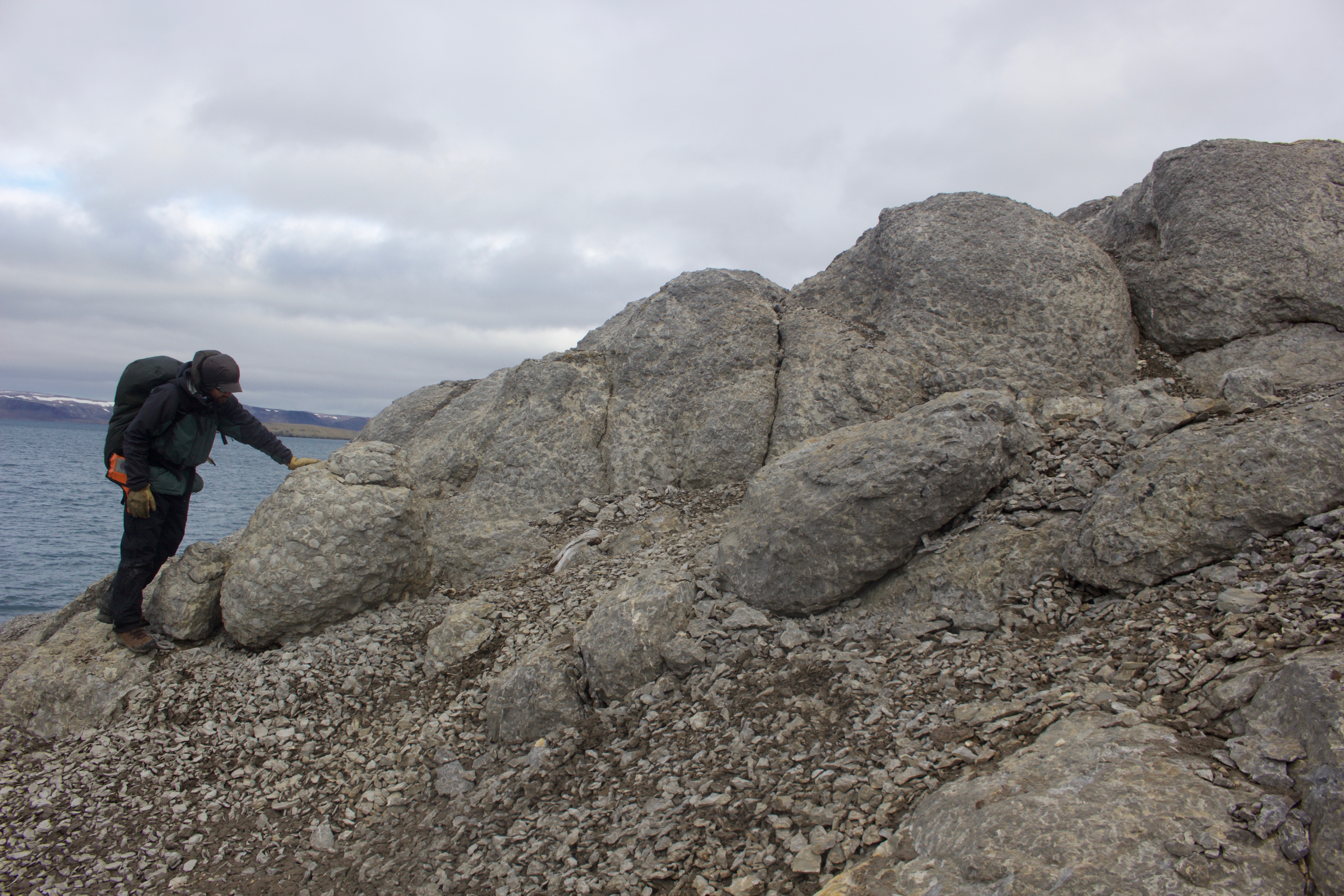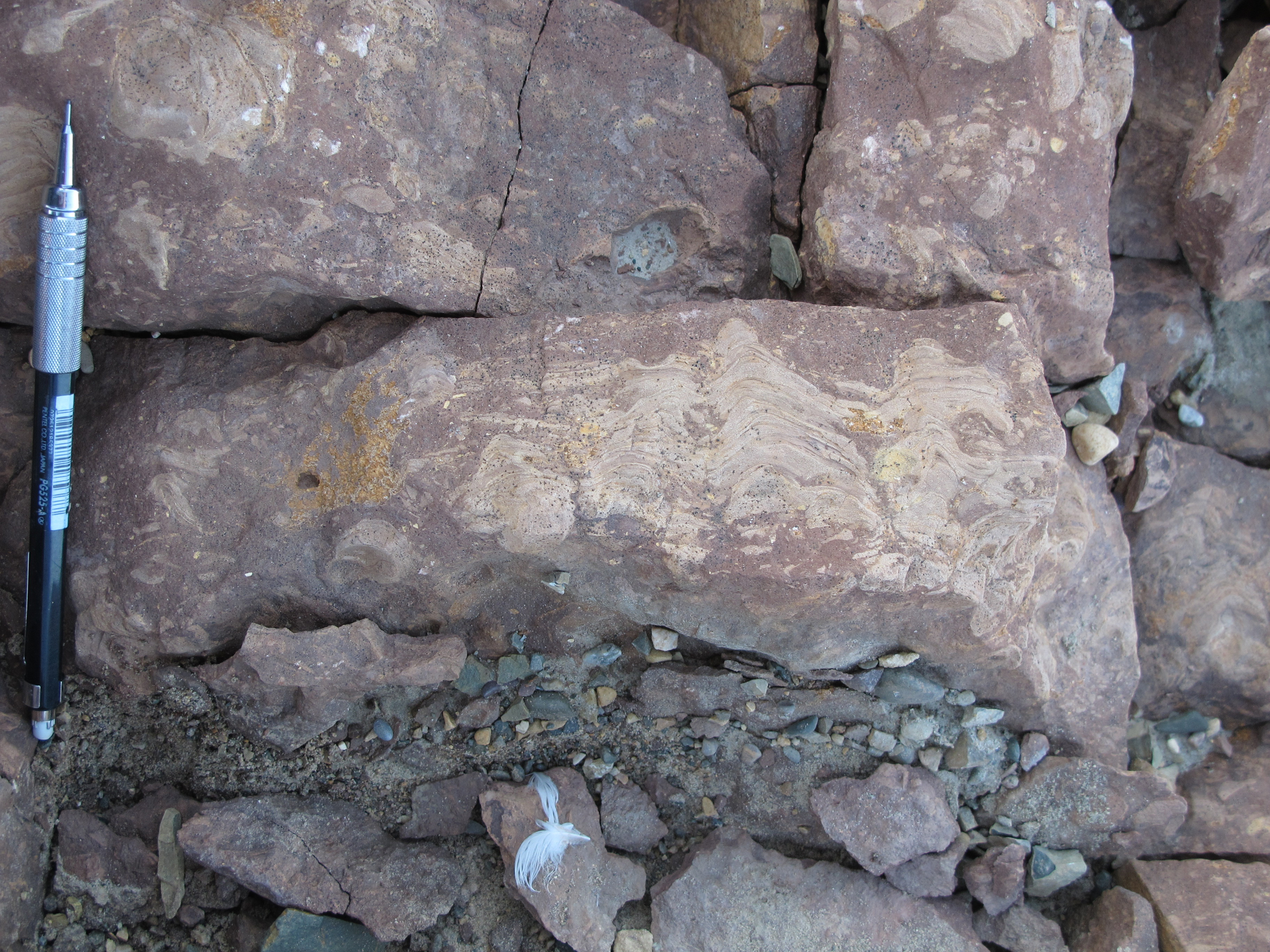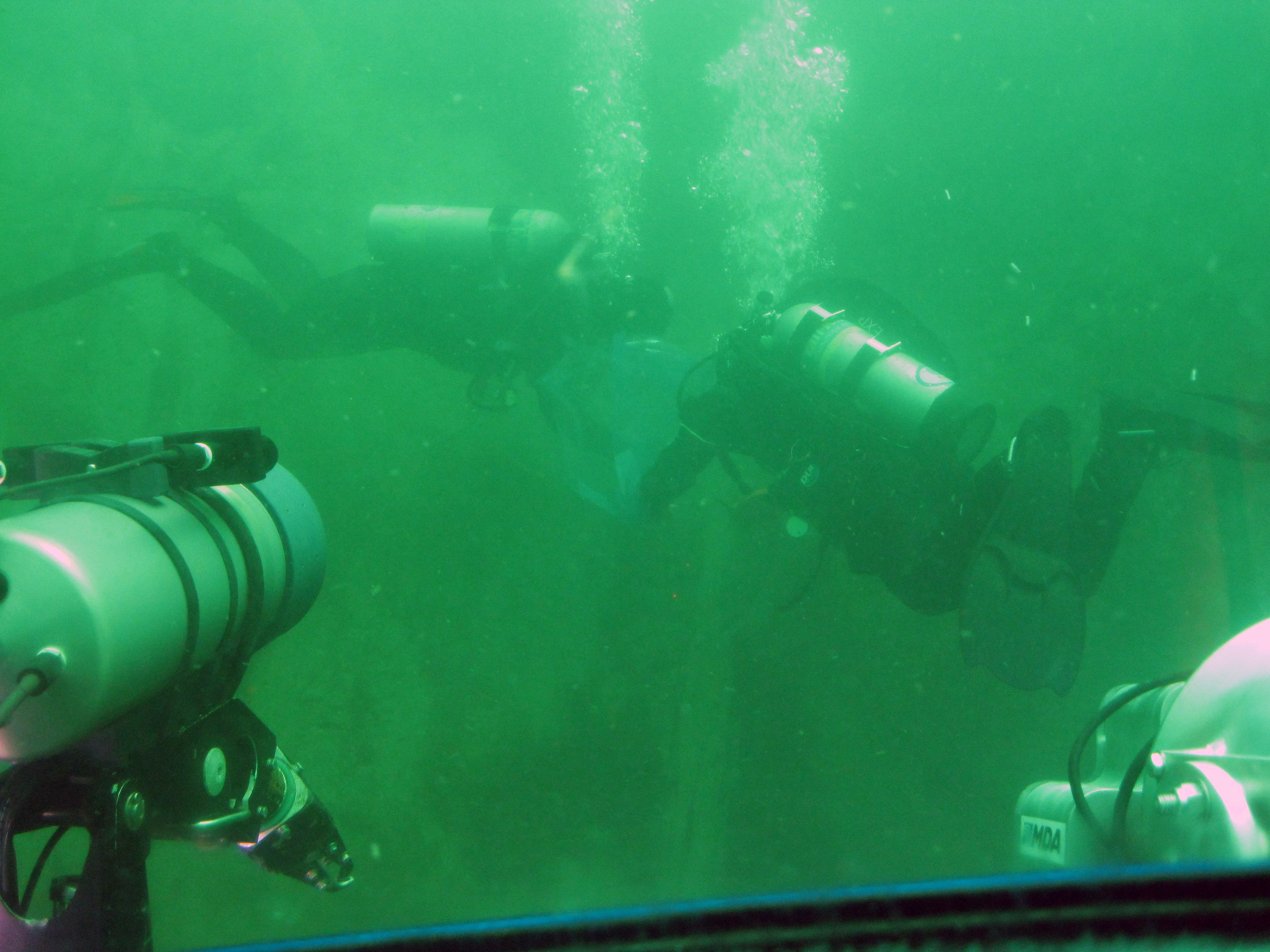Morphological indications of microbial activity
Microbial mats and calcified proto-stromatolites are abundant in lakes of the McMurdo Dry Valleys, Antarctica, and their growth morphologies preserve a record of interactions between microbial activity and the depositional environment. My work combines field observations of microbial mat morphologies growing in specific depositional environments with carbonate petrography, X-ray computed tomography, and 3D reconstructions. Sampling of delicate microbial mats with detailed environmental context is made possible by diving.
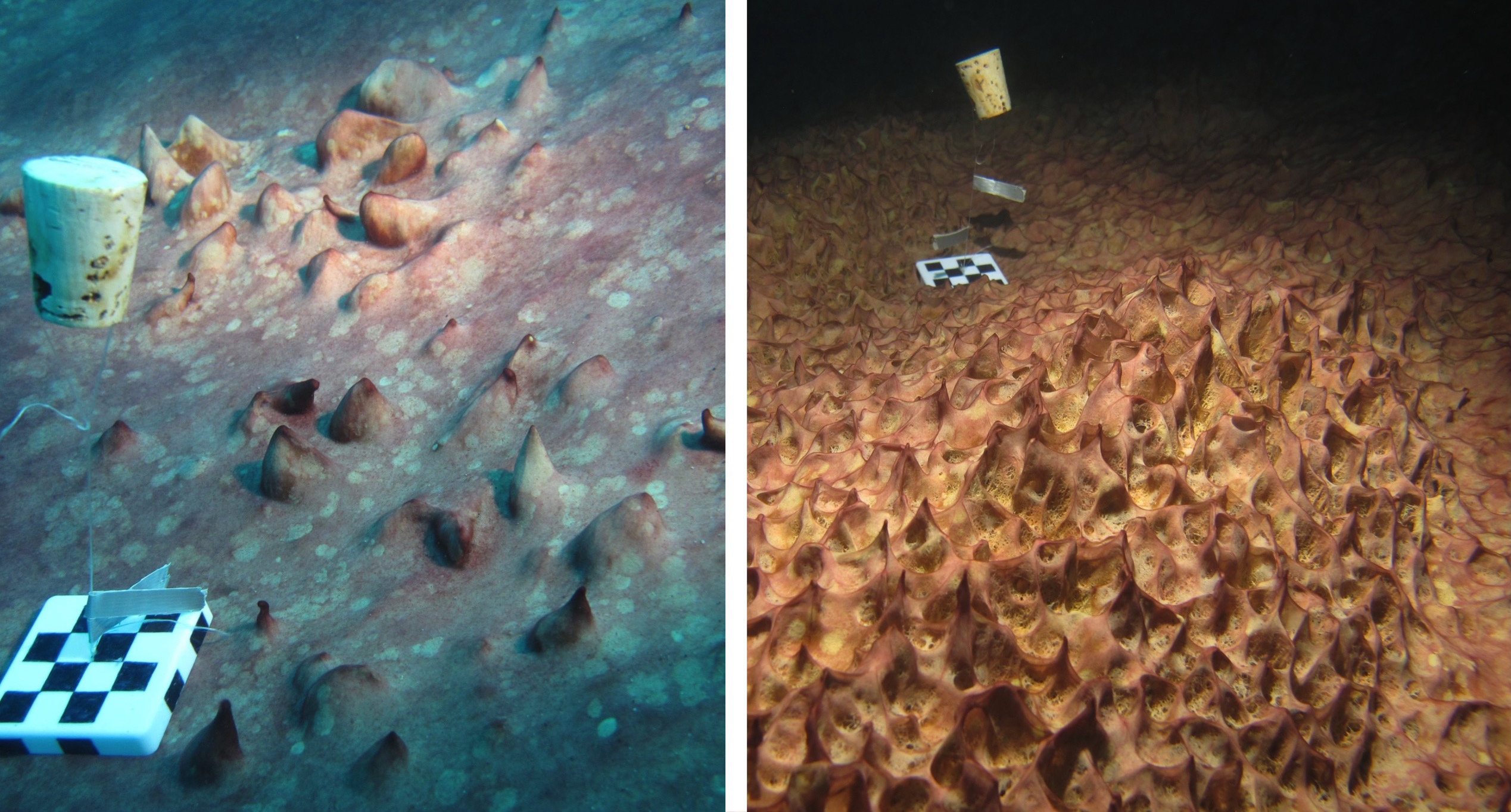
Microbial mats growing in Lake Joyce across gradients in mud deposition.
Significant findings include:
1. Mud sedimentation simplifies stromatolite morphology. I demonstrated that distinctive mat morphologies commonly taken as evidence for photosynthetic activity can be dampened by even small influxes of mud, and this may bias our record of microbial evolution through time (Mackey et al., 2017).
2. Stromatolite branching can result from changes in microbial community. Changes in stromatolite branching are traditionally interpreted as a product of changing sedimentation or wave energy, but in the low energy depositional environment of Lake Joyce, I found that these patterns could also emerge from changes in the microbial community composition (Mackey et al., 2015).
3. Mat morphology across sedimentary and irradiance microenvironments can provide evidence for photosynthetic activity. By comparing mat morphology with 3D reconstructions of the lake bottom, modeled irradiance, and sedimentary microenvironments in Lake Vanda, I demonstrated that phototactic activity of the microbial communities in a directional light environment modified the patterns of pinnacle growth more strongly than changes in total irradiance or sedimentation (Mackey et al., in review).
Chemical indications of microbial activity
Carbonates that precipitate alongside active microbial communities can leave signatures of this activity in carbon and oxygen isotopes. By comparing the petrography of Lake Joyce stromatolites and the d13C and d18O values of microdrilled calcite, I documented how rising lake levels from summer melt reduced photosynthetic rates and demonstrated that the ice covered conditions modulated isotopic signatures of photosynthesis (Mackey et al., in review).
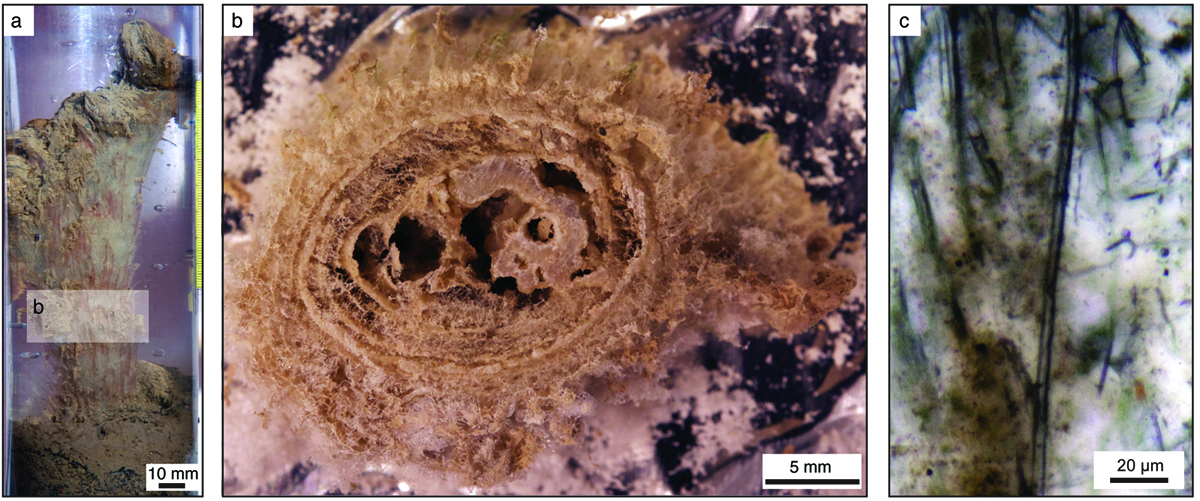
Columnar stromatolite from Lake Joyce (a), containing calcified layers (b). Calcite contains abundant cyanobacterial microfossils (c).

